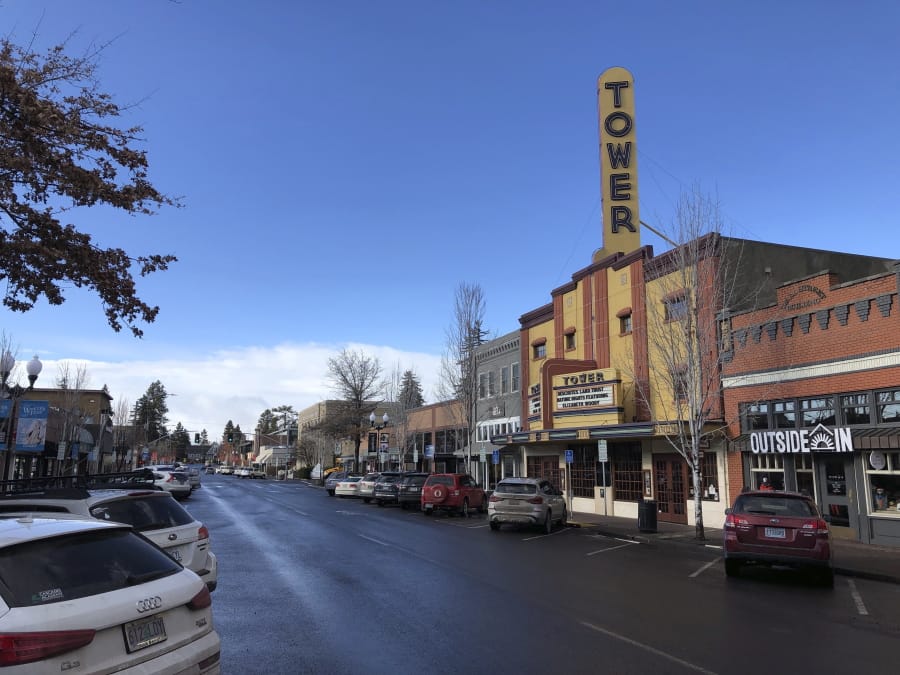Twenty-four congressional districts in the United States border the Pacific Coast. Of those, 23 are represented by Democrats on Capitol Hill.
Just one district touching the Pacific Ocean, Washington’s 3rd Congressional District, continues to elect a Republican: Rep. Jaime Herrera Beutler.
The five-term congresswoman from Battle Ground has become something of an anomaly in the U.S. House of Representatives. In addition to being the only Republican member of Congress from the entire Western seaboard, she’s also the party’s only woman of color within the chamber.
And she hails from a complicated district. The political sensibilities of Southwest Washingtonians continue to change, from a dependably Democratic bloc in the 2000s to a comfortable Republican stronghold in the 2010s — one that favored President Donald Trump by about 9 percent in the last presidential election — back to, potentially, a true swing district this year.
In 2018, after enjoying 20-percent-margin wins in three consecutive elections, Herrera Beutler’s lead slipped when her latest challenger, Democrat Carolyn Long, lost by just 5 points. That same year other previously Republican districts, like California’s 49th, flipped to blue by razor-thin margins.
A potential rematch between Herrera Beutler and Long is already shaping up to be competitive, with near-identical fundraising numbers reported by the candidates. Both national parties have put Washington’s 3rd District on their respective short lists of vulnerable seats. Whether Herrera Beutler can stave off the blue wave on the West Coast for another election will be decided by her district’s voters on Nov. 3.
— Calley Hair



